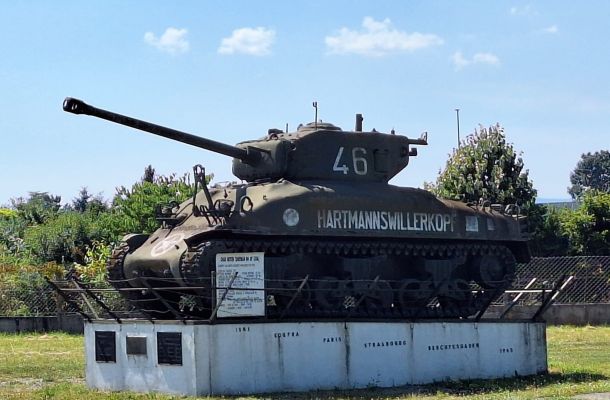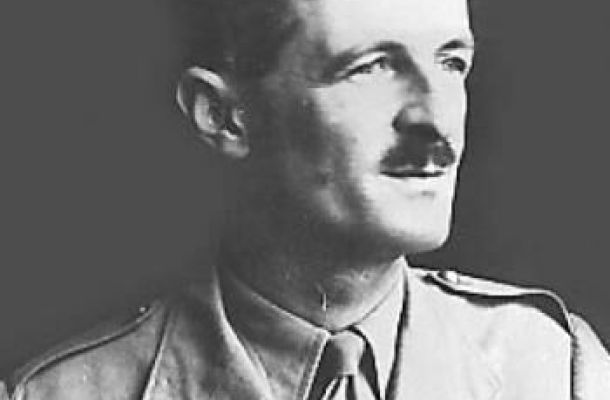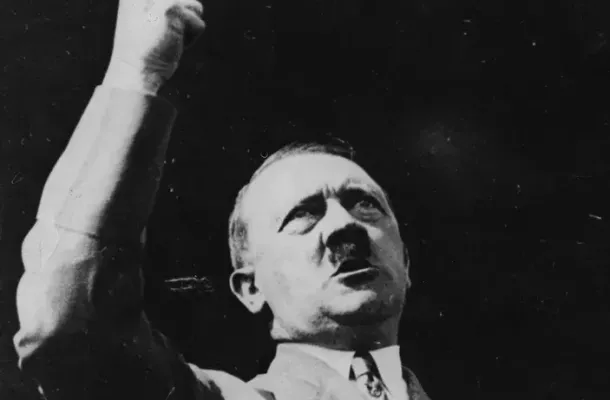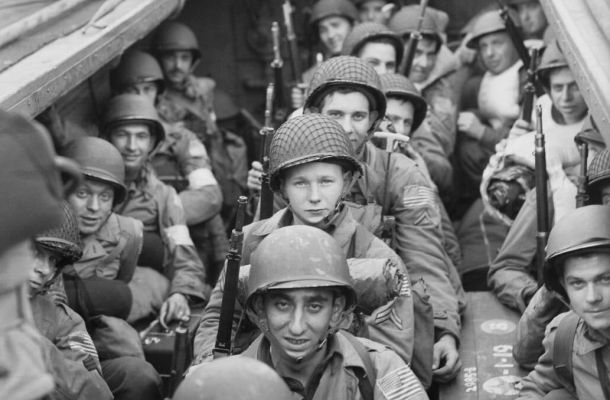
The Fall of the Bunker: Heroic Resistance in the Colmar Pocket, June 1940
At 10:00 am on the morning of June 17th, 1940—exactly 85 years ago today —the Germans fired their first 88mm artillery shell at the turret of the French bunker. The gun had been dragged across the river overnight, and its impact is still visible today: three 88mm rounds remain embedded in the side of the turret. The attack marked the beginning of a relentless assault on the fortifications defending the Colmar Pocket.
By mid-afternoon, at 3:30 pm, a new wave of Stuka dive-bombers roared overhead. They bombed and strafed the bunker and its neighbor, shaking the ground and covering the roofs with debris. Yet, the young French defenders held firm. Seeing an opportunity, a unit of 40 German sappers used the craters left by earlier explosions to approach the rear of the bunker. Spotting a fissure caused by one of the Stuka hits, they climbed onto the damaged roof and dropped explosives through the crack—still, the French did not surrender.
One German sapper, a man named Heinke, crept around the side of the casemate, staying low beneath the gun ports. Using a pole, he shoved a demolition charge through a narrow firing slit. The resulting blast shook the structure, but again, the crew inside refused to give up. Understanding their situation was becoming untenable, the French soldiers put on gas masks and prepared to escape to the neighboring bunker to continue the fight alongside their comrades.
However, as they opened the green steel door to make their escape, German soldiers standing on the roof above heard the hinges move. A burst of machine-gun fire forced the crew back. Trapped and out of options, they finally surrendered. At 5:00 pm, the bunker fell. But just as the Germans were assembling the 20 surviving French crew members outside, the neighboring fort launched a counterattack. A French machine-gun team advanced as far as the original barbed wire line and opened fire. The Germans returned fire, and after a brief but hopeless skirmish, the French crew withdrew, still determined to resist.
With the prisoners captured, Captain Seifert of the German forces ordered the French lieutenant to contact the neighboring fort and demand their surrender. The officer refused. Frustrated, the Germans marched the prisoners to the rooftop and told them to wave toward their comrades. The neighboring fort answered not with surrender, but with a hail of machine-gun fire—killing a German soldier. Inside the now-breached fort, smoke filled the southern firing room. There, among the rubble, lay the body of Senior Corporal Louis Gardet—the spot where Heinke’s explosive charge had struck. And so, the battle raged on. The neighboring fort refused to yield, and at dawn the next day, June 18th, the Germans renewed their assault with heavy artillery, smoke grenades, and wave after wave of explosives. The fight for the Colmar Pocket was far from over.


